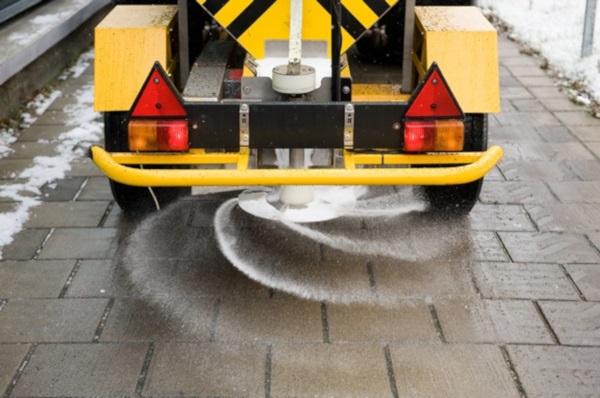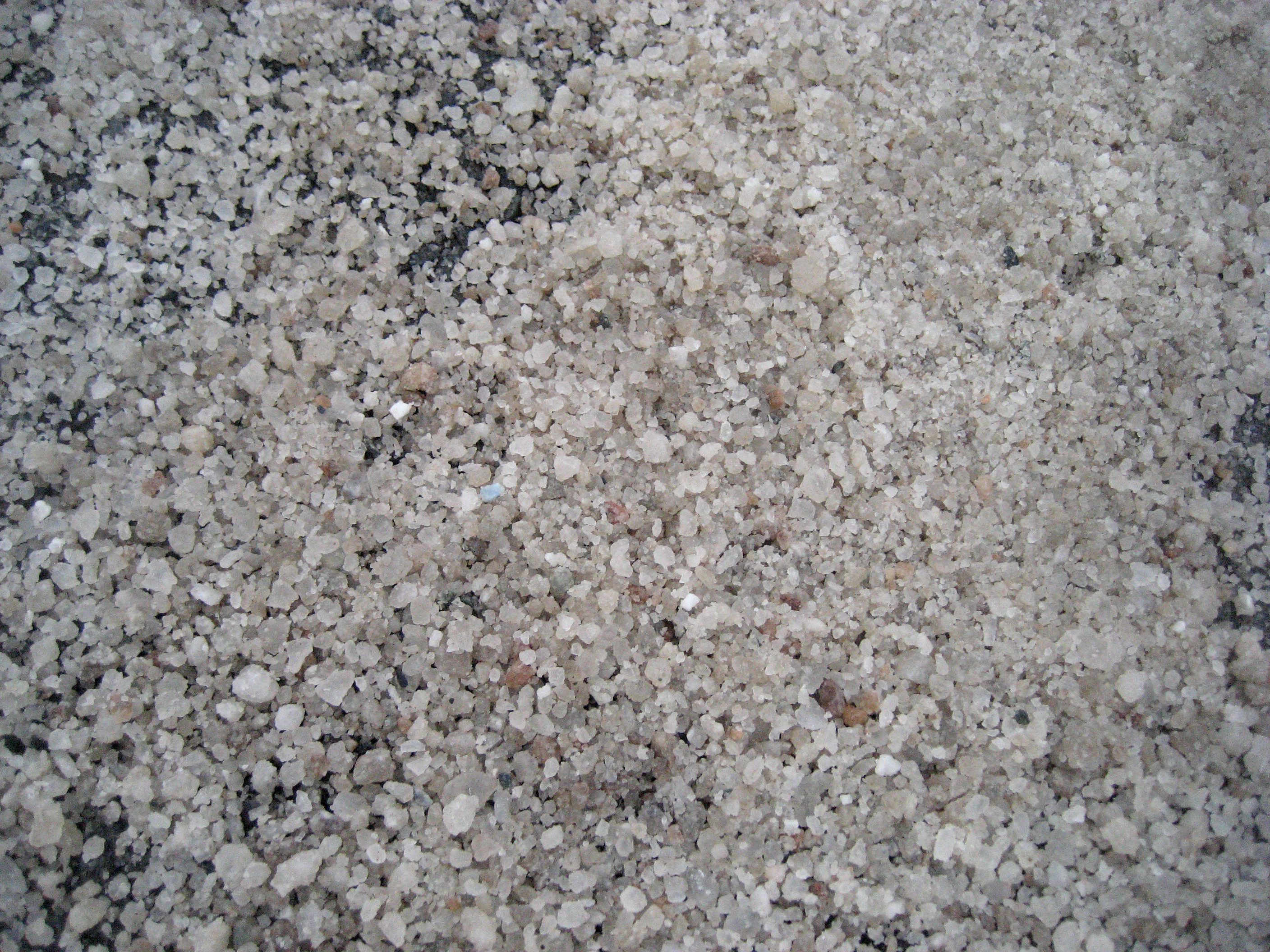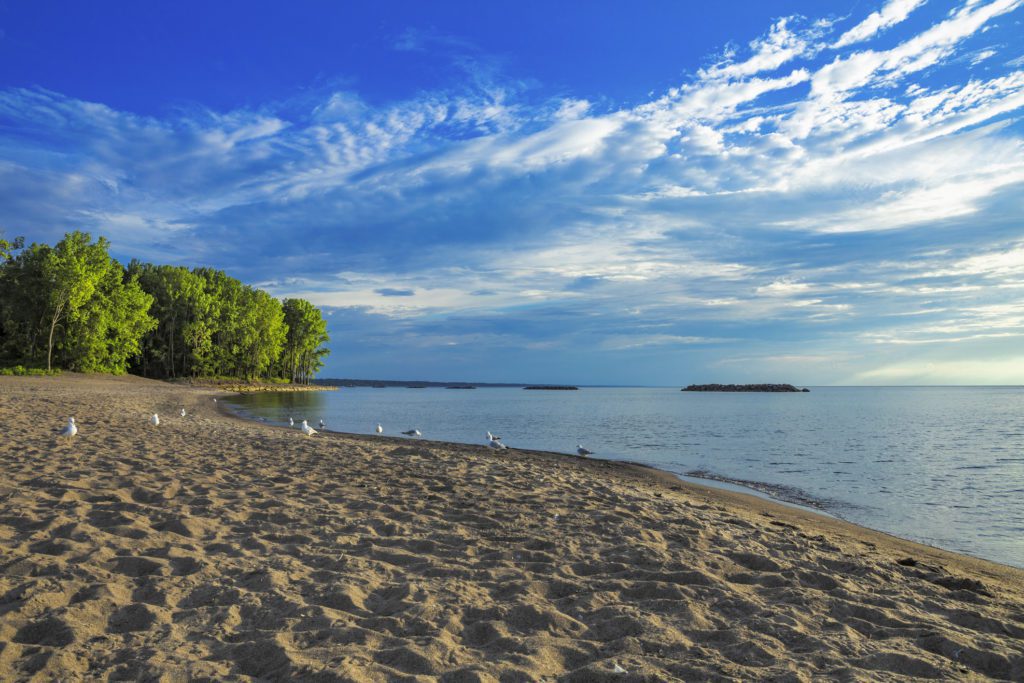Our urban rivers, creeks and waterways are suffering from a steady stream of sodium that has no signs of letting up. Road salt is the culprit. Tonnes of salt are showing up in our waterways from overuse on parking lots, sidewalks, and other public spaces. The problem is so bad that some areas of the GTA have salt spikes in freshwater that come close to ocean levels!

At Environmental Defence, we’ve been working to make Ontario #LessSalty by telling the Ontario government to follow through on its promise to address this salty situation.
Thousands of you have already taken action—thank you! By doing so, you’re helping us defend freshwater in Ontario. Many of you also asked us what are the alternatives to using road salt to de-ice pavement. In this blog, we’ll go through a few new methods that municipalities and private companies are experimenting with and offer ways we can all make Ontario #LessSalty.
A menu of de-icing options

Municipalities and large scale private contractors have the most options when it comes to alternatives. An increasingly common alternative is to use a brine liquid before snow events to pre-treat the roads and stop ice from forming. This way, roads stay clear longer and need less rock salt to keep them ice-free. The City of Toronto has implemented this alternative in preparing for certain storm events. It’s number one way that Ryerson University keeps its walkways clear. Last year, Ryerson reduced its salt use by an average of 40 per cent! By pre-treating their roads and walkways, the university has kept thousands of tonnes of rock salt out of the environment.
Other municipalities, like Calgary, have seen fantastic benefits of using a beet juice brine instead of rock salt—a program that started in 2017. Each time the City of Calgary uses beet brine instead of rock salt, they save nearly 6,000 kg of salt from entering the environment. There are more examples from across North America where cities and towns get even more creative with de-icing. In the cheese state of Wisconsin, Polk County has begun using liquid cheese brine to pre-treat their roads.
Homeowners are not to blame for super salty sidewalks
The biggest culprits when it comes to overuse of road salt are contractors applying large amounts of salt to retail and commercial spaces all winter long. Those companies can have the biggest impact on reducing salt contamination by being smart about their salt use. Studies show that, in some cases, they’re overdoing it by 30 to 100 times over. By using calibrated equipment that efficiently spreads salt, and by getting Smart About Salt certified, contractors can reduce salt use and be better stewards of the environment.
How we can all be #LessSalty

There are also steps homeowners can take to reduce the amount of road salt they use:
- Shovel first and shovel well. Clear as much snow as possible so your salt goes a long way in keeping the sidewalk clear.
- Less is more. You only need a salt shaker or film canister amount for a square metre of pavement (about one sidewalk slab).
- Only salt the walkways and pavements you use. Only clear the amount of space that you need to get around.
The very best thing we can do, however, is to take action and let our government representatives know that it’s time to be #LessSalty. The Made-in-Ontario Environment Plan commits to addressing road salt contamination, but the government has been slow to act. Our streams, lakes and rivers can’t take any more abuse from over-salting. The time to be #LessSalty is now.










